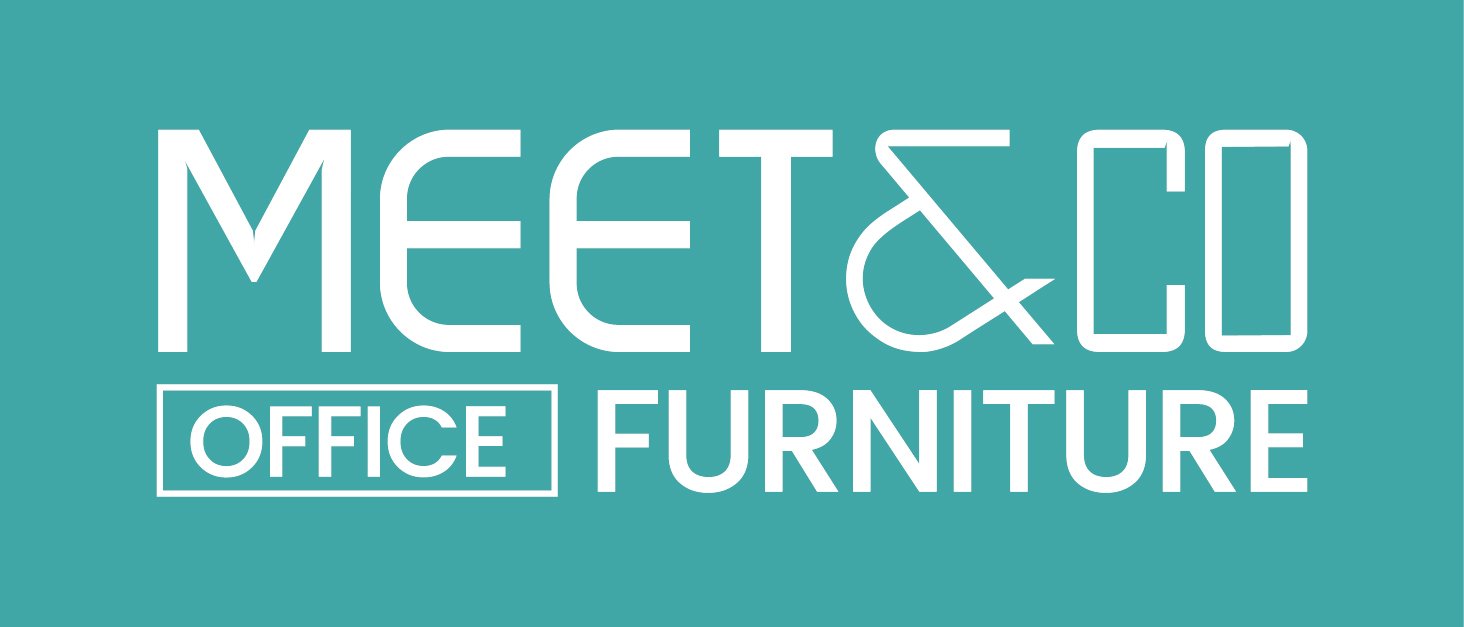Conference table furniture is an essential element in any meeting or presentation setup. It plays a crucial role in creating a professional environment and facilitating effective communication among participants. In this article, we will explore the importance of conference table furniture and how it contributes to the success of meetings and presentations.
1. Understanding the Purpose
When selecting conference table furniture, it is essential to consider the purpose it will serve. Whether it is for boardroom meetings, collaborative work, or presentations, the right choice of furniture can significantly impact the overall experience.
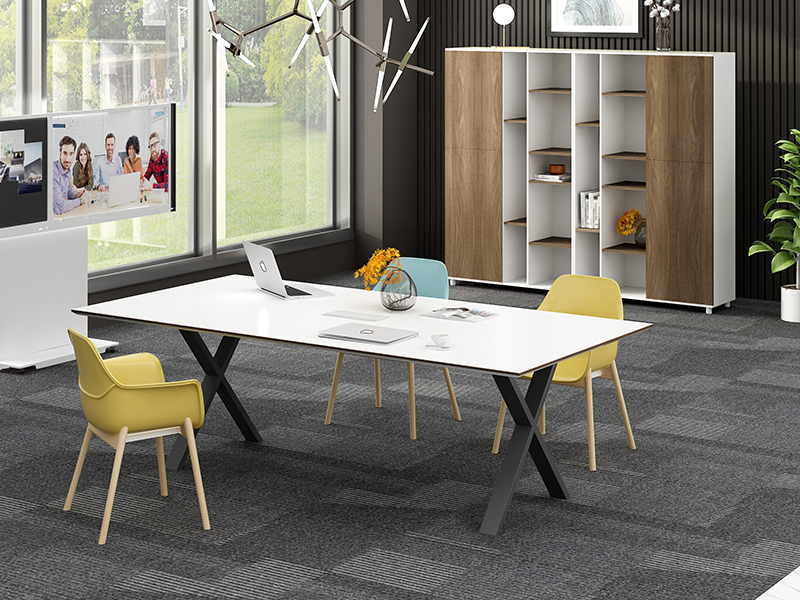
a. Choosing the Right Size
One of the critical factors to consider when determining the appropriate size of the conference table is the number of participants it needs to accommodate. A table that is too small can result in a cramped and uncomfortable meeting, while a table that is too large can create a sense of distance and hinder effective communication.
Additionally, it is essential to consider the available space in the meeting room. A table that is too large for the room can make it difficult for participants to move around, while a table that is too small may not provide enough surface area for laptops, documents, and other necessary equipment. Finding the right balance between size and functionality is crucial for a successful meeting.
b. Shape and Layout
Conference tables come in various shapes and layouts, each with its advantages and considerations. The shape and layout of the table can significantly affect the dynamics of meetings and the level of collaboration among participants.
- Rectangular tables: These are the most common and traditional shapes for conference tables. They provide a sense of formality and professionalism, making them ideal for boardroom meetings and presentations. Rectangular tables also offer ample workspace and facilitate easy communication between participants.
- Round tables: Round tables promote equality and inclusivity among participants. They encourage everyone to participate and contribute to the discussion, as there is no clear head or end of the table. Round tables are excellent for fostering collaboration and brainstorming sessions.
- Oval tables: Oval tables combine the advantages of both rectangular and round tables. They provide a sense of formality and professionalism while promoting collaboration and inclusivity. Oval tables are a popular choice for executive meetings and presentations.
- Modular and flexible layouts: In some cases, it may be beneficial to opt for modular conference tables that can be easily rearranged to meet different needs. These tables allow for greater flexibility and adaptability, making them suitable for collaborative work and team projects.
2. Material Selection of Conference Table Furniture
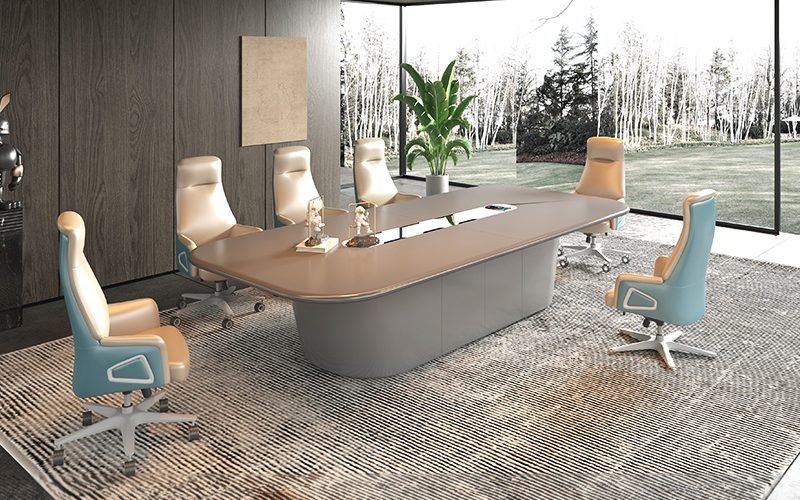
a. Wood
Wood is a popular choice for conference table furniture due to its natural beauty, durability, and versatility. Different types of wood, such as oak, mahogany, and walnut, offer distinct characteristics in terms of grain patterns, color variations, and strength. Oak is known for its durability, while mahogany exudes elegance. However, wood can be susceptible to scratches and may require regular maintenance to preserve its appearance.
b. Glass
Glass conference tables are favored for their sleek and modern aesthetic appeal. They create an illusion of space and allow light to pass through, creating a bright and open atmosphere. Glass tables are also easy to clean and maintain. However, they can be fragile and prone to smudges and fingerprints, requiring regular cleaning to keep them looking pristine.
c. Metal
Metal conference tables offer a contemporary and industrial look. They are known for their sturdiness and durability, making them suitable for high-traffic areas. Metal can be combined with other materials, such as glass or wood, to create unique designs. However, metal tables may lack warmth and may not be as comfortable to rest your arms on during long meetings.
3. Design and Style
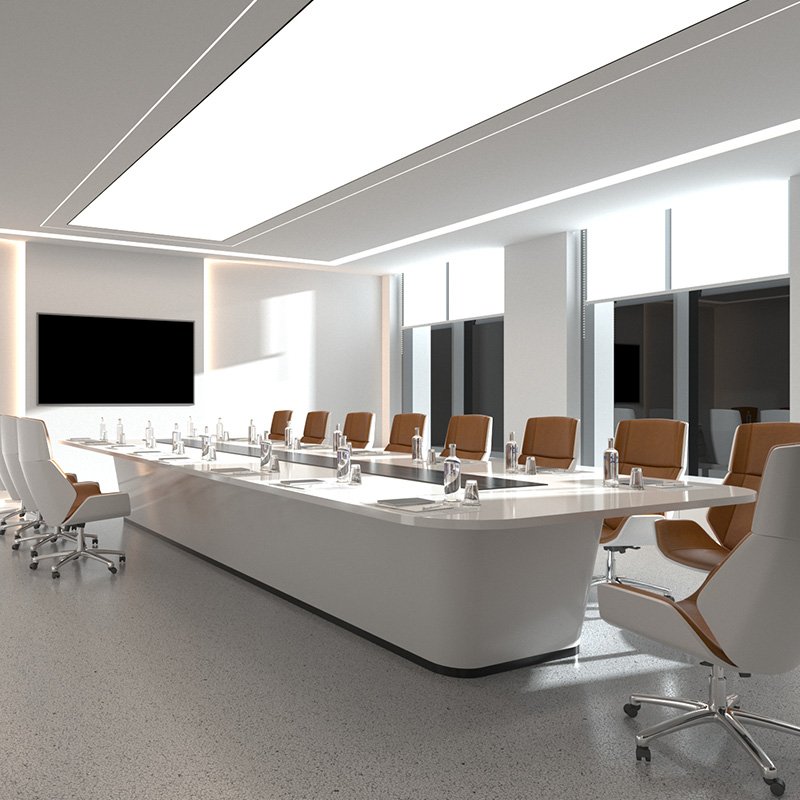
a. Classic and Traditional Designs
Classic conference table designs exude timeless elegance and sophistication. These tables often feature ornate details, such as carved legs or intricate inlays, adding a touch of traditional charm to the space. Classic designs are suitable for formal meeting rooms or organizations that value heritage and tradition.
b. Modern and Contemporary Designs
Modern conference tables embrace sleek lines, minimalist aesthetics, and innovative materials. These tables often feature smooth surfaces, clean edges, and geometric shapes. They are ideal for organizations that prioritize a modern and cutting-edge image.
c. Customizable Options
Customizable conference tables allow businesses to tailor the design to fit their specific needs and branding. From choosing the table shape and size to selecting materials, finishes, and color schemes, customization options provide endless possibilities. This ensures that the conference table furniture seamlessly integrates into the overall interior design of the meeting space.
4. Technology Integration
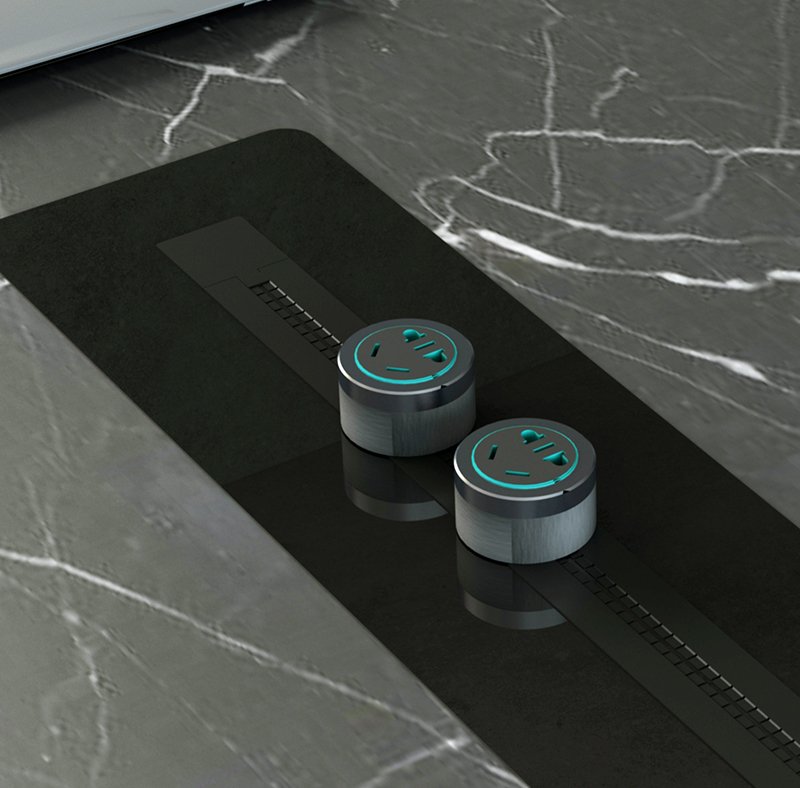
a. Built-in Power Outlets and Data Ports
In today’s digital age, technology integration is crucial. Conference tables equipped with built-in power outlets and data ports offer convenience and efficiency during meetings. Participants can easily connect their devices, charge their laptops or smartphones, and access necessary data without the hassle of tangled cables.
b. Cable Management
Keeping the meeting space organized and clutter-free is essential for maintaining a professional atmosphere. Conference tables with effective cable management solutions, such as cable trays or grommets, help conceal and organize cables, eliminating distractions and hazards.
5. Ergonomics and Comfort of Conference Table Furniture
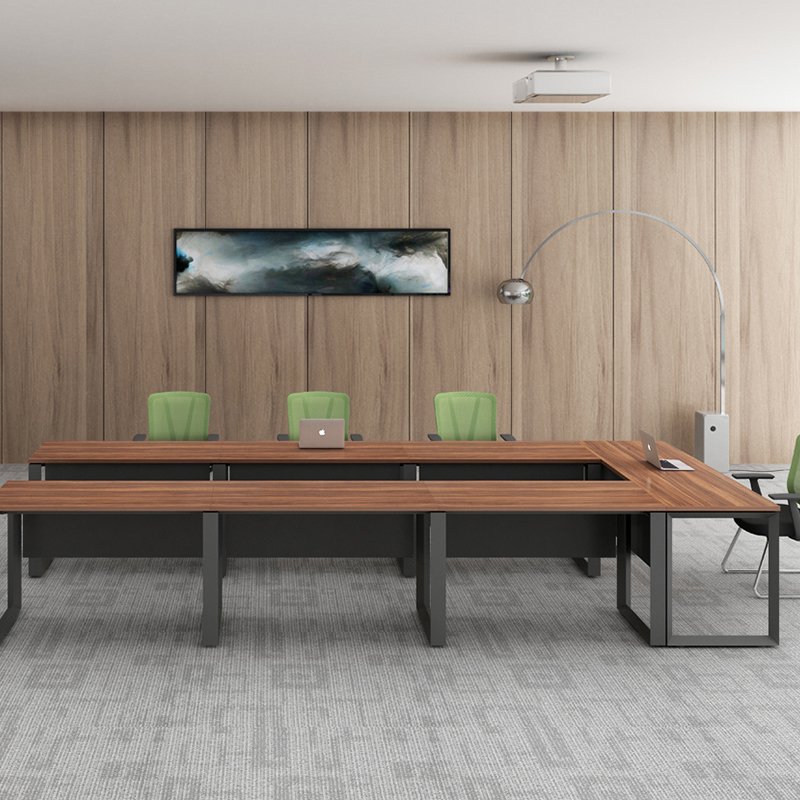
a. Adjustable Height
Ergonomics plays a significant role in ensuring productive and comfortable meetings. Adjustable height conference tables allow users to customize the table’s height to their preference, accommodating individuals of different heights and promoting better posture. This feature improves comfort during long meetings and encourages active engagement.
b. Seating Options
Choosing suitable seating options is equally important in creating a comfortable meeting environment. Ergonomic chairs with adjustable features provide support and promote proper posture, reducing fatigue and discomfort. Benches or lounge seating can create a more relaxed and informal setting for brainstorming sessions or creative discussions.
6. Budget Considerations
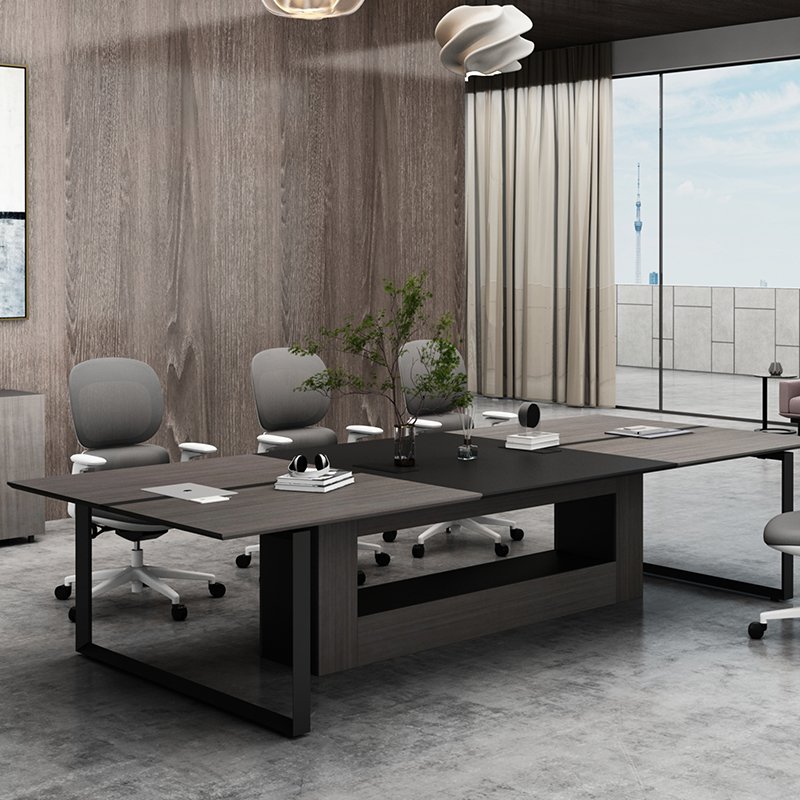
a. Quality vs. Price
When selecting conference table furniture, it is essential to find the right balance between quality and price. While it may be tempting to opt for cheaper options, investing in high-quality materials and craftsmanship ensures longevity and durability, ultimately saving costs in the long run.
b. Longevity and Maintenance
Considering the longevity and maintenance requirements of conference table furniture is crucial for budget planning. Materials that require minimal upkeep, such as glass or metal, may incur fewer maintenance costs than wood. Additionally, opting for durable materials and finishes can prolong the lifespan of the furniture, reducing the need for frequent replacements.
Conclusion
Selecting the perfect conference table furniture is a significant decision that can greatly impact the productivity and professionalism of a meeting space. By carefully considering factors such as material selection, design and style, technology integration, ergonomics and comfort, and budget considerations, businesses can create a conducive environment for productive and successful meetings. Remember, investing in high-quality, customizable, and well-designed conference table furniture is an investment in the success of your organization.
